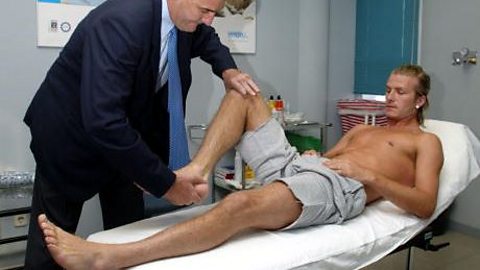On 25 May 2024, Manchester City took on Manchester United in the 143rd FA Cup Final - a repeat of the 2023 Wembley matchup.
When Manchester United triumphed, in their record 22nd final appearance, it was also the 13th time they got their hands on the cup.
But, even though the FA Cup is a tournament with a long and rich history, the teams were playing for a prize nowhere near that age. There have been five trophies made since the tournament began in 1872.
If you’re feeling competitive, the five different FA Cups dwarfs the two World Cups, with the Jules Rimet won by England in 1966 looking very different to the FIFA trophy currently held by Argentina. But, due to the tradition of the Champions League trophy being handed permanently to a team which wins either three consecutive titles or five altogether, there’s had to be six of them since 1956.
But we’re catching up. Here are the stories behind our five heroes.
1872: Whodunnit?
The very first trophy was made for £20 by Sheffield-based silversmiths Martin, Hall & Co and went by the nickname of the ‘little tin idol’.
A coveted prize, it passed between the victorious clubs for more than 20 years, until Aston Villa won the Cup in 1895. Later that year, it was stolen from the window of a Birmingham shop - where the club had agreed to display it so their fans could see it up close - and was never seen again.
Villa, as reigning champions, were even fined £25 by the FA to pay for a replacement trophy, as the cup was their responsibility at the time of the theft.
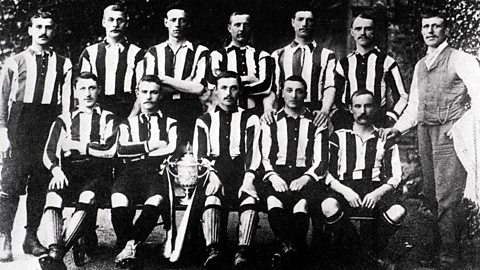
In the 1950s, a career criminal confessed to a journalist that he had been part of a gang which took the tin idol and melted it down to make fake half-crown coins, although his claims could never be proved.
Whatever happened, a new trophy had to be made in time for the end of the 1895/96 season, or the winners would have no wares to show for their hard work.
1895: Another little idol
The stolen Cup was replaced with a replica, which managed not to go missing during the 15 years it was in use.
When Manchester United won the tournament in 1909, the club made its own replica in celebration - when it dawned on the FA that they did not own the design copyright. The decision was made to change the look of the trophy, with the second version made by Vaughton & Sons of Birmingham in 1896, the same silver and goldsmiths that made the medals for the London Olympics of 1908.
This led to the cup design we’re most familiar with today and, as the second trophy was taken out of circulation in 1910, it was presented to FA President Lord Kinnaird. Auctioned in 2005, it sold for £420,000 - then was sold again in 2020.
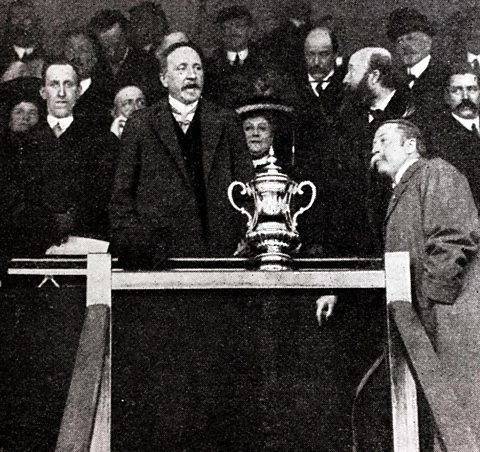
1911: Looks familiar
The chunkier, more substantial-looking trophy - the design still used today - was made by Bradford jeweller Fattorini in time for the 1911 Cup final. Sixty-one-and-a-half centimetres in height, it is by far the longest-serving of the five trophies, staying in the chair for 81 seasons before it was retired in 1992.
This particular trophy was valued at £1m when it appeared on the Antiques Roadshow in 2016. Intriguingly, the grapes that form part of the trophy design had expert Alastair Dickenson suggest that Fattorini may not have designed the trophy from scratch. According to him, the most recognisable British sporting trophy may been designed originally as an elaborate champagne cooler.
Either way, it was a neat twist that saw a trophy with Bradford origins handed over to Bradford City in its very first year of use.

1992: The next generation
With so much history in its handles, the FA decided it was important to preserve the 1911 trophy, and an exact replica was made in 1992 to ensure the former enjoyed a future free from risk of damage. This time, the craftspeople responsible were from the firm Toye, Kenning and Spencer, which has a strong links to Birmingham's famous Jewellery Quarter.

Ironically, as this trophy began a life where it was more accessible to fans than it had been previously, it had a far shorter life-span than its predecessor. Just 22 years after it was first awarded, it had been bumped and knocked about enough to warrant a replacement - even though a copy had been made alongside it in case anything unfortunate happened to the official trophy.

2014: A lot more cup for your buck
The FA Cup doesn’t spend as much time in the trophy cabinet these days. The trophy regularly tours schools and shopping centres with the public encouraged to get closer to it.
That means more wear and tear. So when the fifth incarnation of the trophy was designed in 2014 by the silverware company Thomas Lyte (who also made the Women's FA Cup trophy), measures were put in place to ensure a sturdier future.
It stands at the same height as the 1911 and 1992 versions but, at 6.3kg, it’s a lot heavier and able to take a few more knocks if it has to.
The trophies may change, but the rules don’t. Whoever triumphs in the final, the victorious club cannot say they own the Cup in their cabinet. It is only ever on loan from the FA to the champions.
It has to be returned to them by March 1 the following year - and, if they want to, the FA can recall it whenever they want, provided they give a week’s notice.
So if you ever win it - don’t let it out of your sight.
This article was last updated in October 2024.

What impact did WW1 have on women's football?
A big one, as it turns out.
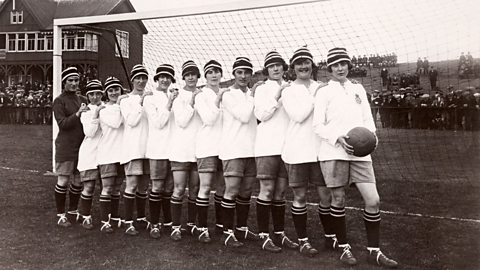
The origins of football jargon
From hat-trick to volley, learn where some of the most popular football lingo comes from.
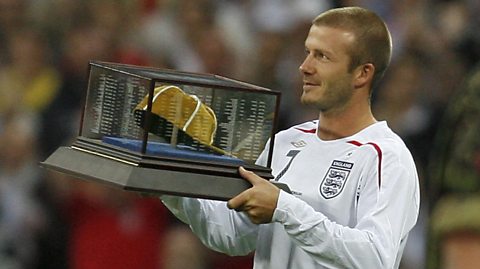
Stages of a football medical
The process which can make transfer deadline very interesting.
